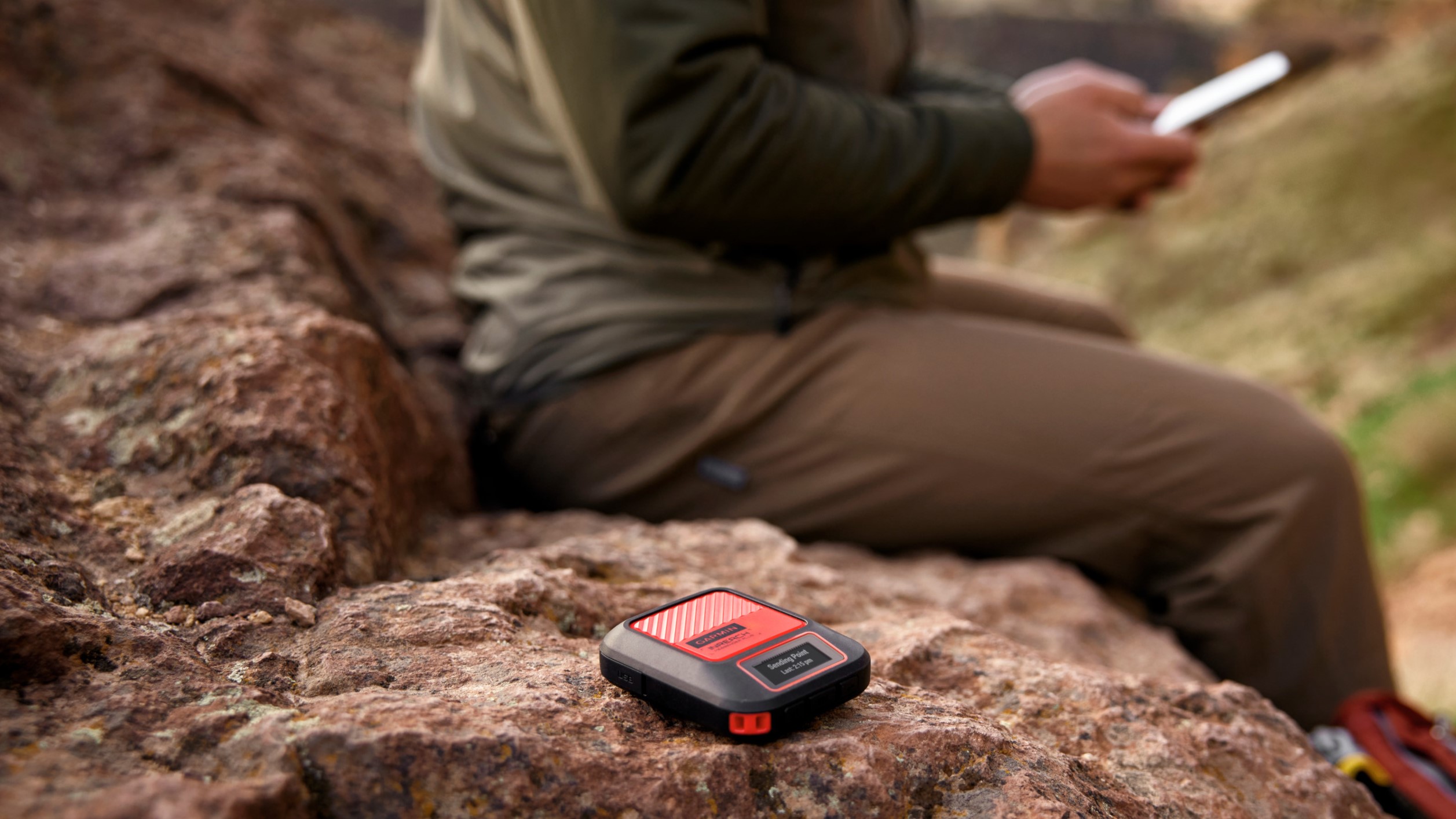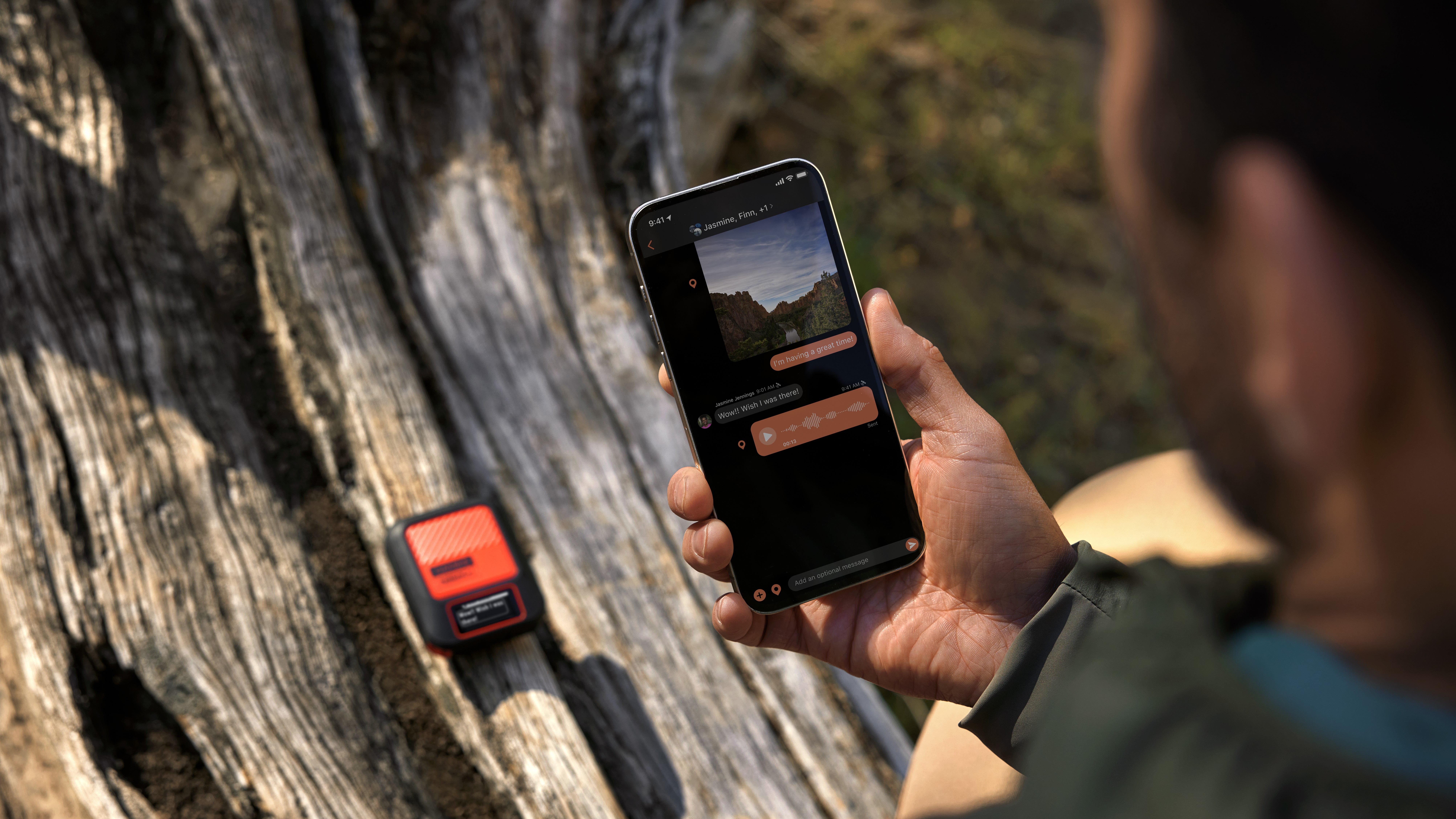
What you need to know
- The Garmin InReach Messenger Plus is Garmin's "first satellite communicator with photo and voice messaging in addition to global two-way texting, location sharing, and SOS."
- You can now provide more context during an SOS, such as describing the problem or taking a photo of your location.
- Garmin promises IPX7 water resistance and 600 hours of battery life with 10-minute check-ins or a year in standby mode.
- The InReach Messenger Plus costs $499, plus $14.99/month or more for satellite.
The Garmin InReach Messenger Plus is a portable satellite communications device that lets you message family, share your location, or call 24/7 emergency services through your phone over satellite. It's quite similar to the original InReach Messenger, except that it now supports multimedia instead of text characters alone.
Through the Garmin Messenger app on your smartphone, you'll be able to send full photos, 30-second voice clips, or 1,600-character messages to friends and family so they're kept in the loop on your no-signal excursion. The InReach Messenger Plus acts as a satellite relay — assuming you pay for the subscription.
Like the original InReach Messenger, the Messenger Plus has a covered SOS button you can open up and trigger to signal for help, as well as a tiny MIP LCD for showing information like weather or incoming messages. You can technically send messages on the device itself with the left/ right/ OK buttons, but you'll need your phone for the new messaging features.
During SOS calls, you'll now be able to send voice messages and photos to Garmin Response, which has responded to 14,500 SOS activations thus far. This could provide useful context that text alone couldn't, which might make the Plus worth the extra cost.

Both InReach Messenger models have IPX7 water resistance for a decent amount of ruggedness on the trail. They both weigh about 4oz, with 1.08" diagonal (160 x 68) displays.
The Messenger Plus lasts 600 hours (25 days) with 10-minute check-ins or 120 hours with 2-minute check-ins; the original Messenger lasted 28 days or 144 hours in the same conditions, so the new model must use more battery in exchange for smarter messages.
You can use either for "Safety Charging," topping off your dead smartphone via the included cable. You can also check weather forecasts over the InReach network.
Unlike the original InReach Messenger, the Messenger Plus has an actual compass instead of a GPS compass while moving, as well as Garmin Explore app support. This enables features like turn-by-turn routing, searchable POIs, courses, and satellite imagery of your surroundings.
Overall, the Garmin InReach Messenger Plus has the same primary purposes as its predecessor, only with better smartphone connectivity. Aside from messaging, it tracks your GPS location and sends it to the Garmin Explore app on your smartphone, where you can download and follow offline maps or broadcast your real-time location to loved ones.
While this device costs much more than the original InReach Messenger, it's slightly less costly than the Garmin GPSMAP 67i handheld with satellite that's designed as an all-in-one, standalone device without needing your smartphone. The Messenger Plus lets you use a touchscreen device you're more familiar with.
We recently learned that the Pixel 9's satellite tech uses Garmin Response, but with Skylo's satellite data. Since increasingly more smartphones use satellite tech, this device feels like a direct response, adding support for multimedia that a smartphone could handle easily.
The biggest knock against the InReach Messenger Plus will be its price: $499, plus the need to pay at least $15/month for satellite connectivity. I'd say it's primarily designed for those who spend long stretches off the cellular grid, but want to stay better connected with family during those stretches. For those people, it'll be worth the high cost.







